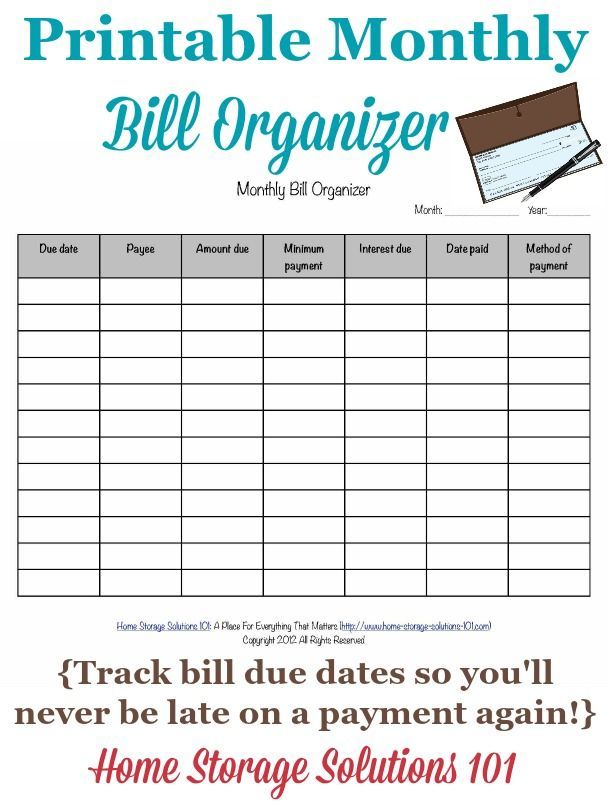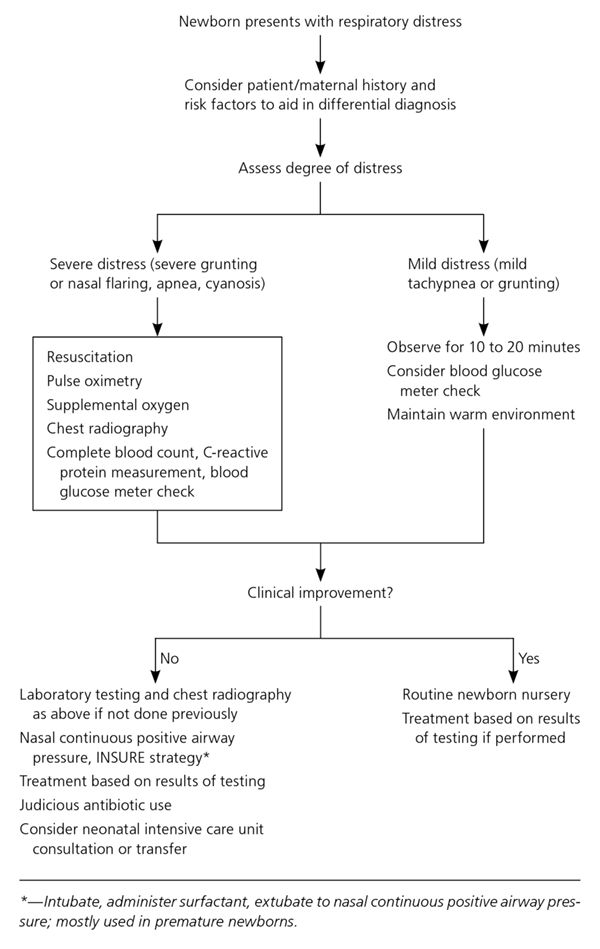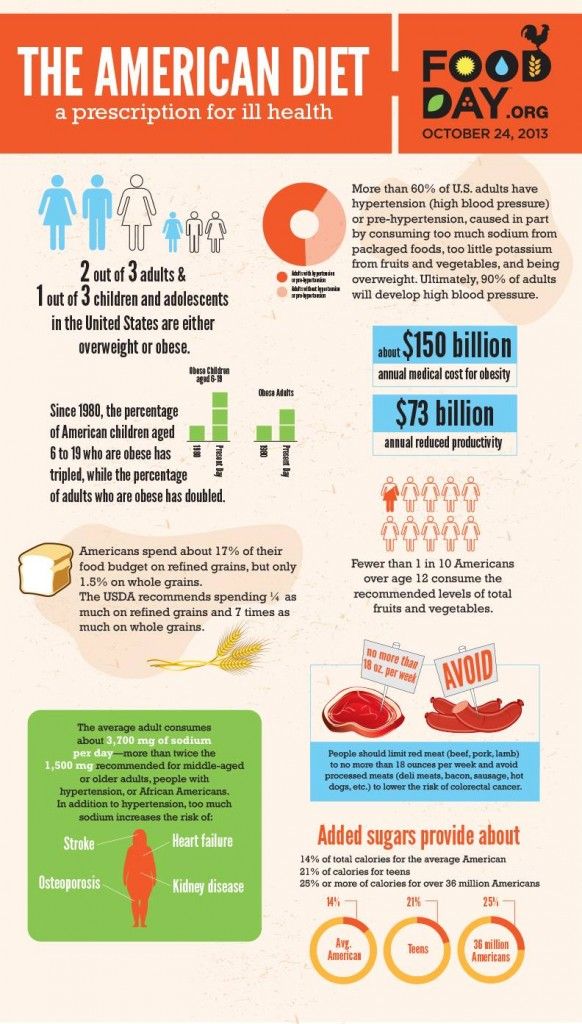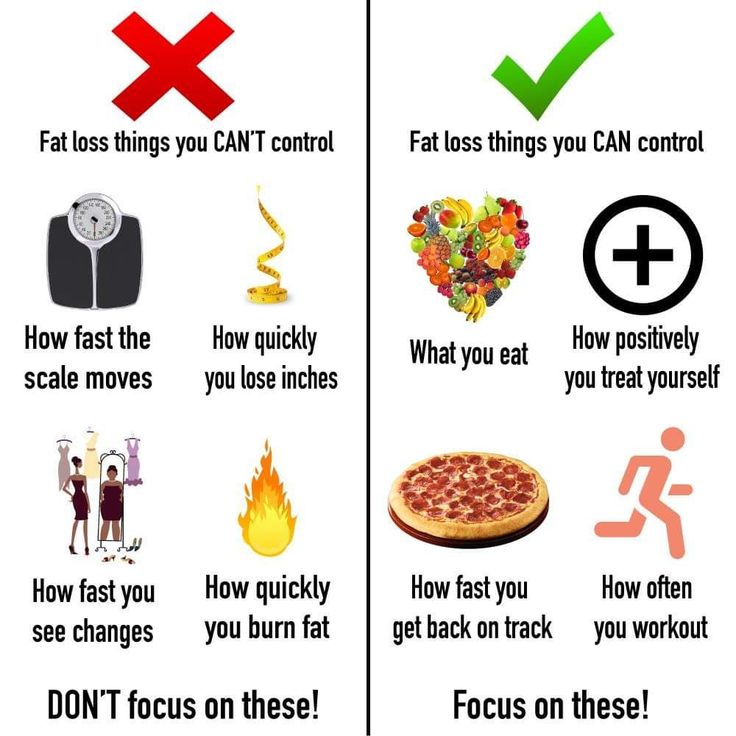Track your due date
Calculate your due date: How to find your baby's due date
Choose a calculation method Last periodConception dateI know my due date
First day of my last period
BabyCenter's Due Date Calculator
Use our pregnancy due date calculator by plugging in either the date of your last menstrual cycle or the date you know you conceived. The calculator will do the rest.
How is my due date calculated?
There are several ways your due date is determined. If you happen to know the day you conceived, you can count 38 weeks from that day to find your due date. (Human gestation takes about 38 weeks.)
But very few expectant moms know exactly when they conceived. Even if you only had sex once during your fertile period, you wouldn't conceive on that day unless you happen to be ovulating. Sperm can live for up to five days inside your fallopian tubes. So, it could be up to five days after you have sex that you release an egg (ovulate) and it gets fertilized by a waiting sperm. That's the day you conceive.
So, without knowing the day of conception, how does anyone determine a due date?
First day of your last period
The most common way to calculate your pregnancy due date is by counting 40 weeks from the first day of your last menstrual period (LMP). And that's how most healthcare providers do it.
If your menstrual cycle length is the average length (28-day cycle), your menstrual cycle probably started about two weeks before you conceived. This explains why pregnancies are said to last 40 weeks instead of 38 weeks.
This method doesn't take into account how long your menstrual cycle actually is or when you think you might have conceived. But generally speaking, women typically ovulate about two weeks after their menstrual cycle starts. And women are more likely to know when their last period started than the day they ovulated.
Conception date
If you do happen to know precisely when you conceived – say, if you were using an ovulation predictor kit or tracking your ovulation symptoms – you can calculate your pregnancy due date based on your conception date.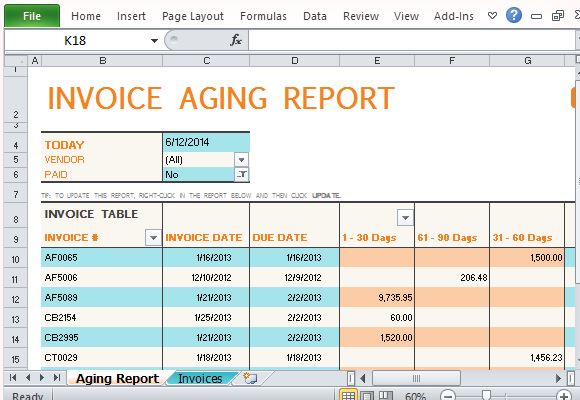 Just choose that calculation method from the pulldown above and put in your date.
Just choose that calculation method from the pulldown above and put in your date.
Note: Again, you don't necessarily conceive on the day you have sex.
IVF transfer date
If you conceived through IVF, you can calculate your due date using your IVF transfer date. If you had a Day 5 embryo transfer, count 261 days from your transfer date. If you had a Day 3 embryo transfer, count 263 days.
Can my due date change?
Your healthcare provider might revise your due date if your baby is measured during a first trimester ultrasound scan and found to be much bigger or smaller than expected for gestational age. This is more likely to happen if you have an irregular menstrual cycle length that makes it hard to pinpoint the date of conception.
Your healthcare provider will measure your baby during that ultrasound exam to figure out how far along your baby is and then provide you with a new due date.
What if I already know my due date?
If you already know your due date, you can use this calculator to see your pregnancy timeline.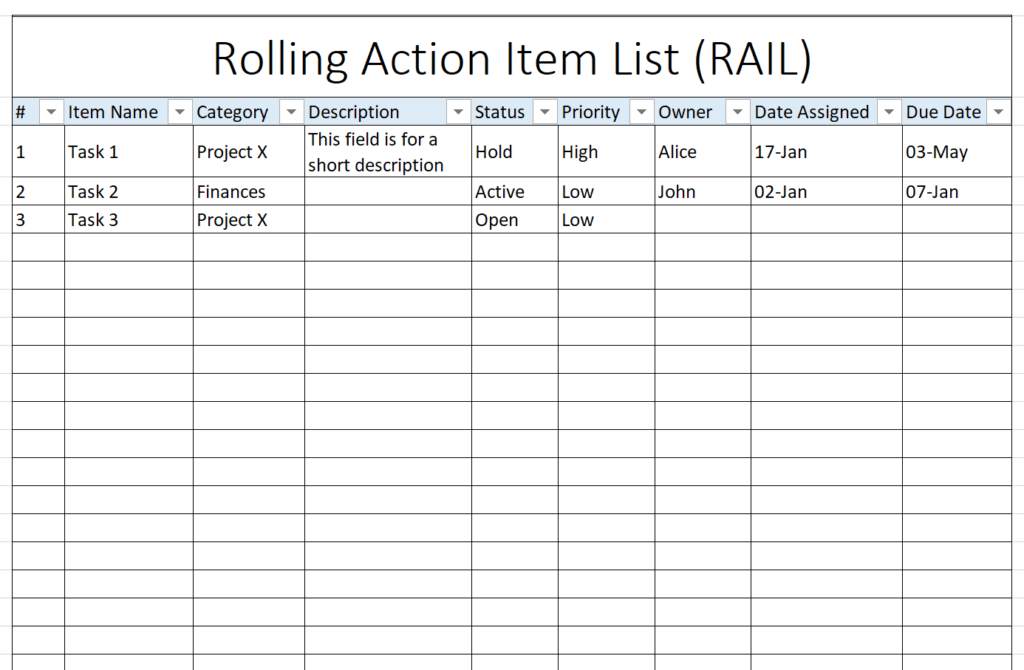 It will tell you when you'll hit various milestones, and when you may be due for prenatal tests and prenatal visits. You'll also find what your baby's sign and birthstone will probably be and which famous people were born on your due date.
It will tell you when you'll hit various milestones, and when you may be due for prenatal tests and prenatal visits. You'll also find what your baby's sign and birthstone will probably be and which famous people were born on your due date.
How likely am I to give birth on my due date?
Of course, a due date calculation is always approximate, whether it's from our tool or from your doctor or midwife. Only 1 in 20 women delivers on their due date. You're just as likely to go into labor any day during the two weeks before or after.
Want more information about how the weeks, months, and trimesters of pregnancy are counted? See our pregnancy timing chart.
How soon can I take a pregnancy test?
With all this talk about pregnancy due dates, you may be wondering when you can take a pregnancy test. To ensure you get the most accurate reading, it's best to wait a few days after your missed period to take a pregnancy test.
At-home urine tests measure the amount of hCG (human Chorionic Gonadotropin) present in your body. If you take a pregnancy test before you miss your period, you may not get an accurate result, despite what some tests advertise.
If you take a pregnancy test before you miss your period, you may not get an accurate result, despite what some tests advertise.
If you're getting a blood test in your provider's office, you may get results sooner. These tests also measure the amount of hCG in your bloodstream, but they're more sensitive than at-home urine tests. Blood tests may be able to detect pregnancy six to eight days after ovulation.
Read more
- Your pregnancy, week by week
- Your first trimester pregnancy checklist
- Pregnancy Weight Gain Calculator
- Ovulation Calculator
- See all tools
When can you feel baby move? Fetal movement explained.
Feeling your baby kicking is one of the highlights of pregnancy. But when can you feel your baby move, and what does baby movement feel like? The truth is that baby kicks are more like flutters at first, and you may not feel your baby move until halfway through pregnancy. But by the third trimester, your baby will be making some big moves that are impossible to ignore.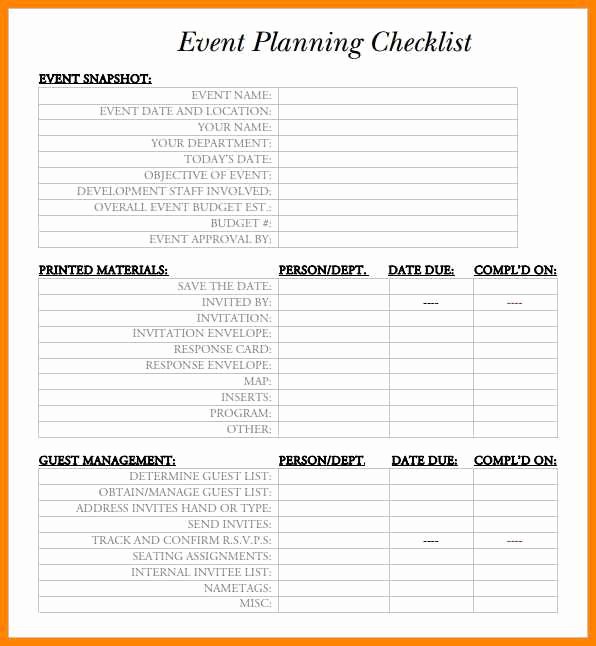
When can you feel baby move?
You probably won't feel your baby kick until sometime between 16 and 22 weeks, even though they started moving at 7 or 8 weeks. (You may have witnessed the acrobatics if you've already had an ultrasound.)
Veteran moms tend to notice those first subtle kicks, also known as "quickening," earlier than first-time moms because it's easier to distinguish your baby's kicks from other belly rumblings (such as gas) if you've been pregnant before.
Your build may have something to do with when you'll be able to tell a left jab from a hunger pang: Thin women tend to feel movement earlier and more often.
Once you can feel your baby moving, it will probably be a few more weeks until your partner can feel the baby kick.
What does baby movement feel like?
Women have described the early sensation as feeling like popcorn popping, a goldfish swimming around, or butterflies fluttering. You might think those first gentle taps or swishes in your belly are gas, but you'll recognize the difference once you start feeling them more regularly.
Once you've reached your third trimester, you won't be able to ignore your baby's jabs, rolls, and kicks. As they get larger, you may see a pointy elbow or knee moving across your belly or feel a full-on somersault.
Every pregnancy is different, so it's hard to say exactly what you'll feel and when, but here's a rough guide.
Baby movement at 16 to 19 weeks
You'll probably notice faint and fluttery feelings in your womb around this time. If you've been pregnant before, you'll be more familiar with this sensation and quicker to identify your baby's movements.
If this is your first pregnancy, it may take a bit longer before you realize that those gentle bubbling or popping sensations are actually your baby moving! It may be easier to feel your baby when you're sitting quietly or lying down.
Baby movement at 20 to 23 weeks
You may notice gentle kicks and jabs. As the weeks go by, you'll gradually feel stronger and more frequent movements, and you'll come to recognize your baby's unique pattern of activity.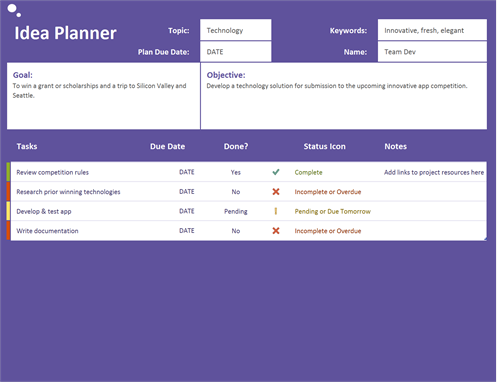 If you don't feel your baby moving, tell your doctor or midwife.
If you don't feel your baby moving, tell your doctor or midwife.
You may find that your baby becomes more lively as the day goes on, kicking, squirming, and somersaulting the most in the evening when you're relaxed. Some moms notice their baby moving a lot right after they eat, especially if they have a sugary treat. But studies haven't found a link between what you eat and your baby's activity level.
Baby movement at 24 to 28 weeks
Your amniotic sac now contains up to 26 ounces of fluid. This gives your baby plenty of space to move around freely, so you may feel like your little one is doing elaborate acrobatics routines in your womb. Limb movements may feel punchy, while whole-body movements may be smoother. You may even notice your baby jumping at sudden noises, or you may feel repetitive jerking movements when your baby gets hiccups.
Baby movement at 29 to 31 weeks
Your baby is likely to be making smaller, sharper, more definite movements, such as strong kicks and pushes.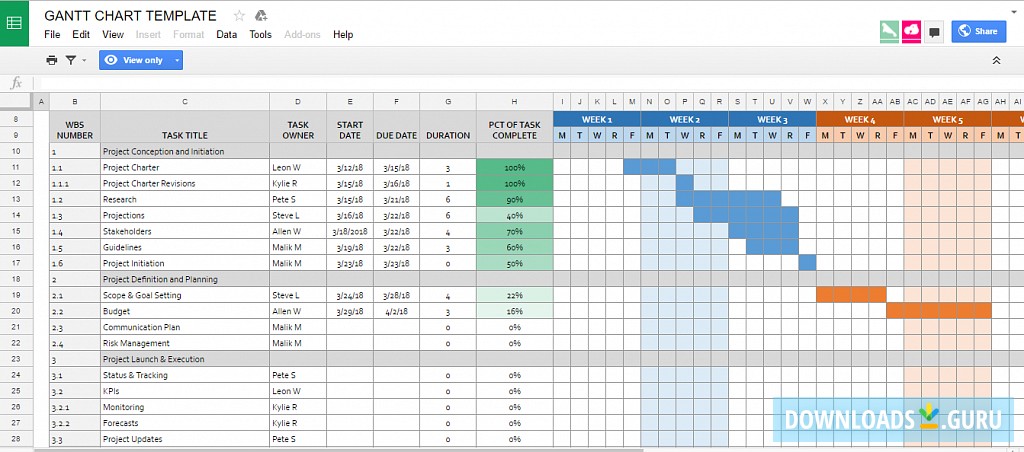 You may also occasionally feel a shaky movement, like a shiver, as your baby shakes a hand, shoulder, or elbow.
You may also occasionally feel a shaky movement, like a shiver, as your baby shakes a hand, shoulder, or elbow.
Depending on how your baby is positioned, you may feel the kicks up under your ribs, in the center or side of your belly, or very low in your pelvis. Some women report kicks to their cervix – which feel uncomfortable but are totally normal. Don't worry, no matter how strong your baby's kicks, they're safe inside and won't do any damage.
Baby movement at 32 to 35 weeks
As your baby grows and has less room to move, you may notice that the type of movement you feel changes, perhaps becoming slower but lasting longer.
Baby movement at 36 to 40 weeks
As you approach your due date, your baby will get larger and won't have enough room for dramatic somersaults. After they move to a head-down position in preparation for birth, you may feel kicks in new places, like underneath your ribs on one side or the other. Your baby's movements may feel slower, but also harder and stronger. Jabs from their arms and kicks from their legs may feel uncomfortable or even painful.
Jabs from their arms and kicks from their legs may feel uncomfortable or even painful.
It's normal to notice a change in the types of movement you feel in late pregnancy. But you should still be feeling your baby move right up until and even during labor itself.
How often should I feel my baby kicking?
At first, noticeable kicks will be few and far between. You may feel several movements one day and then none the next. Although your baby is moving and kicking regularly, many of their movements just aren't strong enough for you to feel yet. But those reassuring kicks will become stronger and more regular later in the second trimester or early in the third trimester.
Don't worry if your experience is different from your friends'. Every baby has their own pattern of activity, and as long as your baby's usual activity level doesn't decrease, chances are they're doing just fine.
Do I need to keep track of my baby kicking?
Once you're feeling kicks regularly, pay attention to how often your baby moves, and let your healthcare provider know right away if you ever notice your baby's activity level slow down.
Less movement in the third trimester may signal a problem, and your provider may want you to have a nonstress test, an ultrasound measurement of amniotic fluid, and possibly a biophysical profile to make sure everything is okay. (You may also have these tests as a routine part of your prenatal care if you have a high-risk pregnancy.)
Some providers recommend that in your third trimester, you spend some time each day counting your baby's kicks. There are lots of ways to do this, so ask your provider for specific instructions.
For example, your provider may suggest that you choose a time of day when your baby tends to be active. (Ideally, you'll want to do the counts at roughly the same time each day.) Then sit quietly or lie on your side and time how long it takes to feel 10 distinct movements – kicks, elbow jabs, and whole body movements all count. If you don't feel 10 movements in two hours, call your healthcare provider.
Learn more:
- Pregnancy symptoms you should never ignore
- Sex during pregnancy
advertisement | page continues below
Gestational age.
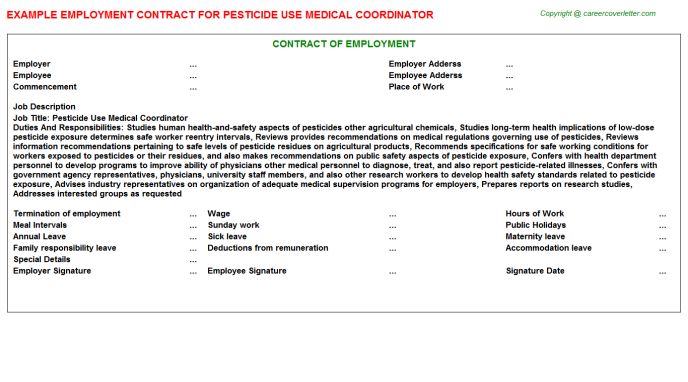 Date of birth. Calculate gestational age and due date
Date of birth. Calculate gestational age and due date CONTENTS
- What is a calculator?
- How does the calculator work?
- Other ways to determine and confirm the due date.
- How accurate is the calculator?
What is a calculator?
In most cases, women do not know the exact date of conception, but they can with great certainty to say when the last menstrual cycle began. First the day of the last menstruation is the starting point. Well, then 9 comes into play0003 pregnancy calculator - a program that makes a lot of calculations for you and answering almost all questions of interest to the expectant mother :
- when was the conception approximately;
- what is the estimated date of delivery;
- what is the exact week now and how much is left until the birth;
- how a child develops, what size it is, what it already does in the womb and what skills it has.

Calculator free, always available online, easy to use, has concise and understandable interface, will not let you make arithmetic errors and displays results in a visual and interesting way. In addition, you can always check the accuracy calculator, independently making calculations according to well-known obstetric techniques, which we present below. nine0005
To calculate the gestational age and expected date of delivery, a woman needs to enter in the calculator, only the date of the first day of the last menstruation (LPM) in the format "day month Year". If you enter the last day of your period or a known date conception, the calculator will show completely different results, you need to enter exactly the start date last menses.
The calculator calculates the obstetric period - this is when the first day of menstruation is considered like the first day of pregnancy. It is by obstetric term that gynecologists track the development fetus, prescribe tests and examinations. nine0005
nine0005
The gestational age in the calculation results of the calculator is shown in weeks, this is the most simple and convenient interval. There are other generally accepted intervals for dividing such a large period - months (10 lunar months of 28 days) and trimesters. The trimesters divide the process intrauterine gestation into three phases of 13 weeks each.
The results display the exact time in weeks and days, a brief description of the development of the fetus, the height and weight for the calculated week are indicated, which organs are being formed, what can already be felt and do baby. A link is provided to the full article with colorful illustrations, telling about the condition of the fetus and mother, tests and examinations, recommended diet, possible problems and ways to overcome them. You will always know what to prepare for. nine0005
This calculation displays both fetal ages: the so-called "gestational" fetal age (menstrual), which is different from the so-called "ovulation" age (fertilization), it is two weeks less and is counted from the estimated date of conception.![]() Therefore, all the details fetal development and well-being of women are considered from week to week, starting precisely from the third week.
Therefore, all the details fetal development and well-being of women are considered from week to week, starting precisely from the third week.
In addition, you will know how many days are left before childbirth, under what sign of the zodiac and in what year of the Chinese calendar your baby will be born, by clicking on additional links you can determine the color of the eyes, the blood type of the child. nine0005
Depending on the week, additional links to calculators for checking ultrasound results are displayed, hCG hormone levels, blood test results, weight gain rates. If you wish, you can calculate an individual calendar of analyzes and examinations, both for mother and child.
Starting in the second or third trimester, you can find out about your benefits and calculate your benefits. amounts. For working mothers, it is possible to determine the date of maternity leave and find out if you are entitled to annual leave leave before the decree. nine0005
Whatever week you are, the calculator will offer you to test your knowledge using interactive tests "Care of a newborn", "Feeding of newborns", "Tests and examinations of pregnant women", "Rights of pregnant women". You will just have time to fill in the gaps and improve your knowledge on these important topics.
You will just have time to fill in the gaps and improve your knowledge on these important topics.
The calculator will also calculate the estimated date of conception of the child, by which, using Chinese gender calendar, you can find out who you will be - a girl or a boy. According to the results of the ultrasound, it will be interesting to know whether the prediction came true. nine0005
How does a calculator work?
All calculations of our calculator are based on the obstetric calculation method, as the most accurate, scientifically based and universally accepted method for calculating gestational age. other methods, for example, a report from the day of intercourse or from ovulation cannot be considered reliably accurate due to the characteristics of the reproductive system.
Cycle length may vary from woman to woman, one has 21 days, another has 34, moreover, in the same woman, the cycle may be irregular and fluctuate in duration during years for various reasons. On average, most women have a menstrual cycle is 28 days. nine0005
On average, most women have a menstrual cycle is 28 days. nine0005
But one thing is common to all: conception of a child is possible only during ovulation - if there is no mature egg, then conception will not occur.
At the beginning of the cycle, a follicle forms on the surface of the ovary, inside which the female matures. sex cell. In the middle of the cycle, the follicle sac ruptures under the influence of strictly defined hormones. and allows spermatozoa access to the oocyte.
After ovulation, the female gamete lives from 24 to 36 hours, at which time conception must occur, otherwise the cell dies. This process is repeated every cycle. nine0005
It turns out, regardless of the length of the cycle, nature allocates only one or two days for the process of conception. However, this does not mean that sexual intercourse can lead to pregnancy only during the hours when the oocyte lives. No, due to the ability of spermatozoa to survive for a long time in the female body, sex even 3-4 days before release the egg can lead to fertilization immediately after its release from the follicle.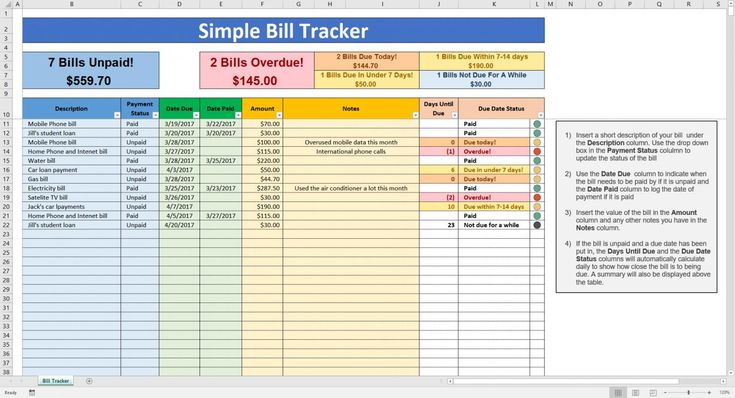 With active sexual life in general it is impossible to determine whether sexual intercourse before, during or after ovulation led to conception. nine0005
With active sexual life in general it is impossible to determine whether sexual intercourse before, during or after ovulation led to conception. nine0005
Therefore, in obstetric practice it is considered that conception occurs during the period of ovulation - 14 days before before the end of the menstrual cycle. And again, we are faced with a harsh reality here - a woman ovulates can happen both earlier and later than the above day. Based on all this, it is customary to count from the date of the last menstruation, this is both easier, and the woman usually remembers this date.
Thus, according to the obstetric standard, the first day of the last menstruation is the first day pregnancy, and the day of conception falls approximately at the end of the second week. If a woman finds out about the delay, then this is already the 4th week and the gynecologist, regarding a week-long delay, is already setting a deadline of 5 weeks. nine0005
Our online calculator is based on this obstetric method. Weeks are normal calendar months, and obstetric months, each of them has exactly 4 calendar weeks.
Weeks are normal calendar months, and obstetric months, each of them has exactly 4 calendar weeks.
Pregnancy lasts an average of 40 weeks or 10 obstetric months , in calendar days this is good well-known 9 months .
| I | 1 | 20087 | 8 | 9 | 10 | |||||
| 11 | 12 | 13 | 14 | 15 | 16 | 17 | 18 | 19 | 20 | |
| II | 21 | 22 | 23 | 24 | 25 | 26 | 27 | 28 | 29 | III | 31 | 32 | 32 | 32 | 0087 | 35 | 36 | 37 | 38 | 39 | 40 |
for which a woman is simply at three stages of understanding and the fetus, each trimester has its own characteristics.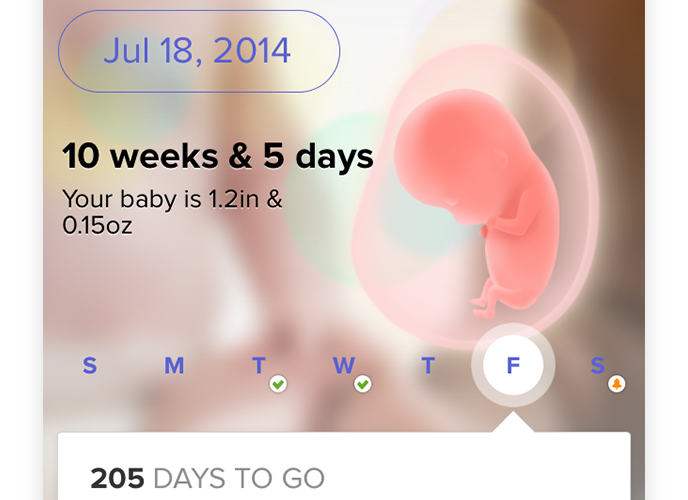 For example, in the first trimester there is a rapid the formation and development of the organs of the child, then miscarriages most often occur. In the third trimester it is necessary to prepare for the manifestation of possible problems associated with pregnancy - hypertension, toxicosis. nine0005
For example, in the first trimester there is a rapid the formation and development of the organs of the child, then miscarriages most often occur. In the third trimester it is necessary to prepare for the manifestation of possible problems associated with pregnancy - hypertension, toxicosis. nine0005
There are 3 calendar months in one trimester, the first trimester is 1-13 weeks, the second trimester is 14-27 weeks, the third is 28-42 weeks .
1st trimester
2nd trimester
3rd trimester
or all three ways:
- Add the average duration of pregnancy, which is 280 days, to the first day of the last menstruation.
- Add 9calendar months to the first day of the last menstruation and subtract 7 days from the resulting date.
- Subtract three months from the first day of your last period and add 7 days to the result.
Absolutely the same way they calculate the term in the antenatal clinic, the same methods are used in round paper obstetric calendars.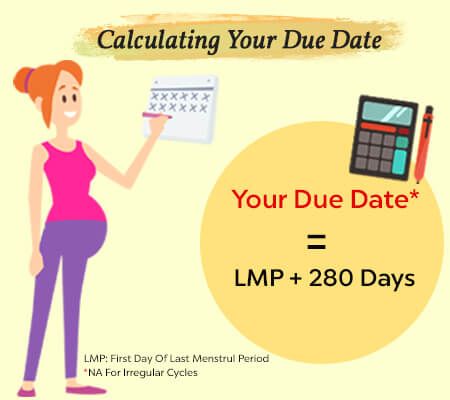
Other ways to determine and confirm the due date
There are no other scientific methods for determining the gestational age and due date. But there are methods using which can be confirmed or corrected. Again, almost all of them are based on the obstetric method, statistical data and data from an objective examination of the expectant mother. nine0005
The main objective sign of pregnancy is an increase in the size of the uterus, which in the first months is determined by vaginal examination, and after the third - by the height of the fundus of the uterus. By the end 1st month (28 days) the uterus corresponds to the size of a chicken egg, 2nd month (56 days) - an average fist women, then each month has its own size. There is no need to talk about the accuracy of this method.
Additional information about the due date and due date can be obtained by measuring the length of the fetus. measurements produce a tazomer in the position of a woman lying on her back.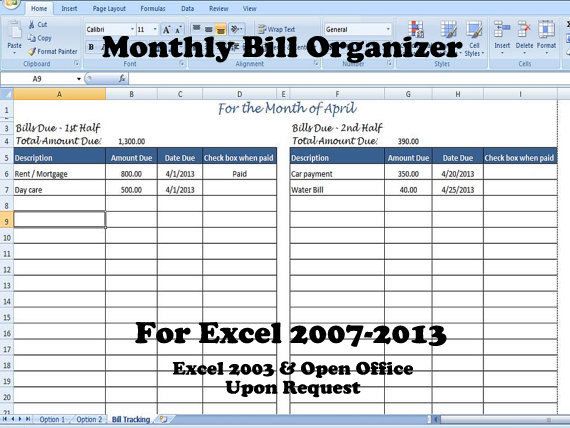 One button of the tazomer is placed on the lower pole head, the second - at the bottom of the uterus. Calculations are made using a special formula, but the result is also approximate due to different assumptions, for example, the thickness of the abdominal walls can be taken in both 3 and 5 cm.
One button of the tazomer is placed on the lower pole head, the second - at the bottom of the uterus. Calculations are made using a special formula, but the result is also approximate due to different assumptions, for example, the thickness of the abdominal walls can be taken in both 3 and 5 cm.
According to the level of hCG
At the earliest stages (from the 4th to the 8th week), pregnancy is confirmed by the level of hCG. By date of conception or, if it is unknown, then the obstetric period is determined from the first day of the last menstruation, and from it the hCG rate is determined. If the pregnancy is proceeding normally, then the hormone levels will correspond, or rather be within the range of valid values. The accuracy of this method is very low, as hormone levels are indicated in a wide range and the main thing for which this method is used is to determine the normal development fetus. The hCG level may not fall within acceptable limits, but if it doubles in two days, the fetus is considered to be developing normally. As you can see, this method is not always possible to use. nine0005
As you can see, this method is not always possible to use. nine0005
Ultrasonography
Ultrasound examination can also confirm pregnancy, this method is used to detect fetal egg and registration of heartbeats. Ultrasonography is currently the only method allowing with the greatest degree of accuracy to establish the gestational age and follow the development of the fetus, starting from the very first weeks of its intrauterine development.
The date of the last menstruation is entered into the ultrasound machine and, upon further scanning, the doctor determines how embryonic development corresponds to the obstetric period. Statistical tables of sizes are set in these devices fruit for each week and day. nine0005
In early pregnancy, when embryos develop at about the same rate, it is easier to compare their sizes are with average statistical norms and it is possible to more accurately determine the age. In this case, the doctor evaluates parameters of the baby, compares with the tables, gets the gestational age and, after adding two weeks, calculates obstetric term.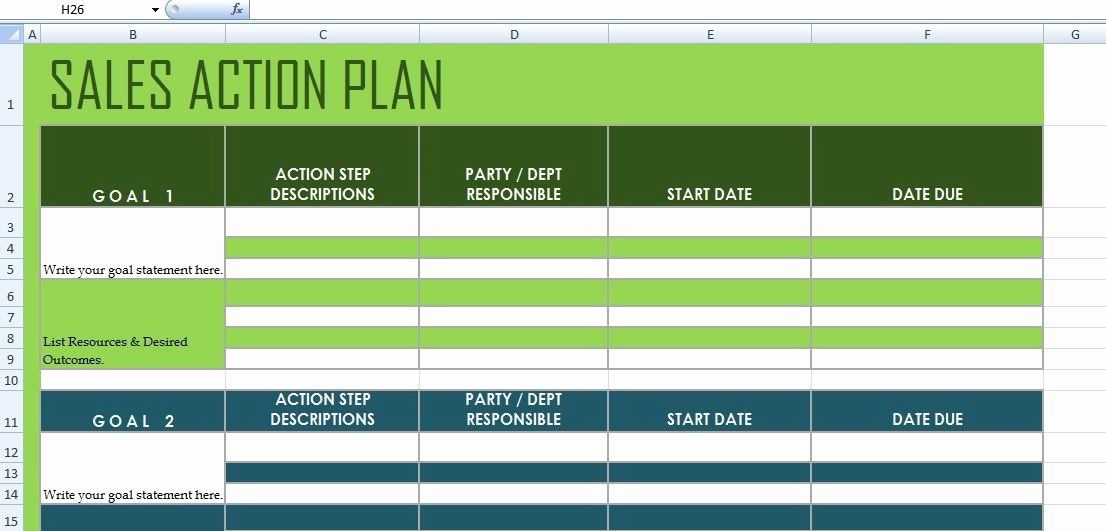 If a woman did not remember the start date of the last menstruation, then the only way to determine the date pregnancy.
If a woman did not remember the start date of the last menstruation, then the only way to determine the date pregnancy.
Later, when the fetus begins to develop according to its individual genetic program laid down by the parents (large or petite build, large or small height), it becomes more difficult to accurately determine the week. nine0005
By movements
In the middle of pregnancy, usually at 20 weeks in nulliparous women and at 18 weeks in multiparous women first fetal movement. Before the advent of ultrasound, this method was used without alternative to confirm the term pregnancy, there was no other way. Now this is an auxiliary method, it cannot be considered exact, since not everyone is able to recognize the first stirring. Currently no longer used for its intended purpose.
How accurate is the calculator? nine0017
The same as the calculator, the method of calculating the gestational age is used by an obstetrician-gynecologist in the women's consultations, in a hospital for conservation, in a maternity hospital, in medical equipment - ultrasound machines and laboratory equipment. That is, the calculator is as accurate as medical equipment and an obstetrician. If the obstetrician, due to an irregular cycle, early or late ovulation can make a small error, then this will happen with the calculator, because the calculation method is used one. In most cases, this method, and therefore the calculator, is very accurate. nine0005
That is, the calculator is as accurate as medical equipment and an obstetrician. If the obstetrician, due to an irregular cycle, early or late ovulation can make a small error, then this will happen with the calculator, because the calculation method is used one. In most cases, this method, and therefore the calculator, is very accurate. nine0005
It is important to remember that the expected date of delivery (ED) is not an exact, but an approximate calculated date, the term itself includes the word "alleged". Only one woman out of twenty gives birth exactly on the calculated day. The rest are giving birth. one to two weeks earlier or later than expected.
It is considered absolutely normal that labor can begin on any day from 38 to 42 weeks and there is no way to know for sure calculate this date. It all depends on nature, mother and child.
Pregnancy + Birth Calendar
on the App StoreDescription
The application will allow you to remain calm throughout your pregnancy. It will tell you what is happening to you and your future baby - week by week. And he will tell you how to be in a new situation for you. New useful articles on the most exciting topics - EVERY DAY!
It will tell you what is happening to you and your future baby - week by week. And he will tell you how to be in a new situation for you. New useful articles on the most exciting topics - EVERY DAY!
Track your weight, blood pressure, tummy growth, baby's first movements and contractions, save important data in a single status report for your doctor. nine0005
May your pregnancy bring you many pleasant moments! And our application will take care of everything.
The most interesting features of the application:
- A convenient calendar for planning tests and visits to the doctor
Keep a diary of your pregnancy! Record your weight, belly size, blood pressure, mood, and sexual activity each day. Don't miss doctor appointments or important tests.
- Information about you and your baby every week
Find out when your baby will be the size of a grapefruit, when he will have eyelashes, when you can already find out the sex of the crumbs. The application will tell you about the changes that happen to you and your unborn child in each week of pregnancy. Get advice on nutrition and a safe lifestyle for you and your baby.
Get advice on nutrition and a safe lifestyle for you and your baby.
- Useful articles for every day
Feel your pregnancy! The advice of a professional psychologist will help you understand your emotions, build relationships with a partner and personal boundaries, if necessary. And the recommendations of doctors will give confidence and tell you how to act in a variety of situations. nine0005
- Report to the doctor
Collect all the necessary data in a report for the doctor who manages your pregnancy. The application will translate them into PDF, the report can be sent in advance by e-mail or shown at the reception on your phone.
- Checklists and to-do lists
Check the checklists for each trimester, supplement them with your items, keep to-do lists.
- Smart gestational age calculator
The application calculates both fetal and obstetric due dates accurate to the day. The most precise formulas approved by leading physicians around the world are used.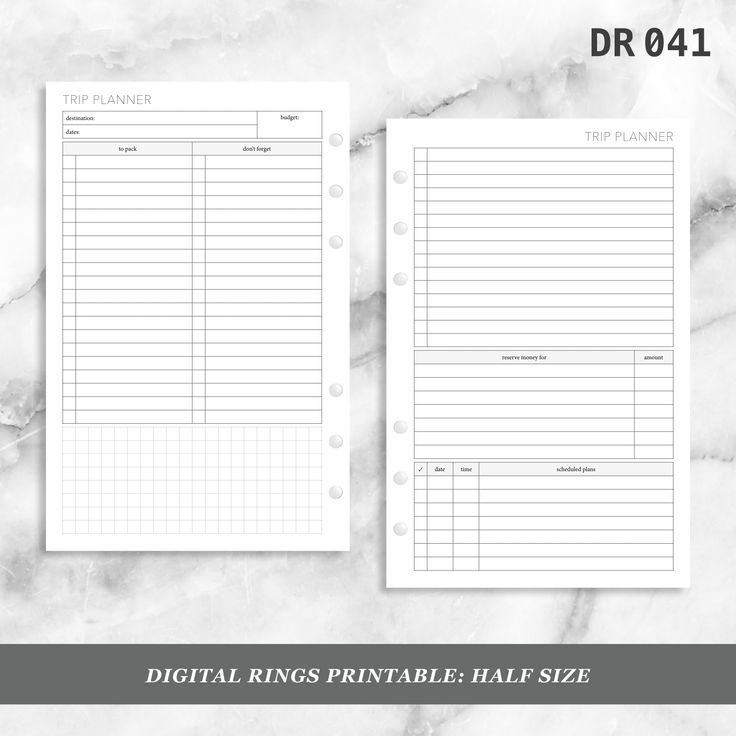 nine0005
nine0005
- Contraction counter
Be at the hospital on time! A smart counter will distinguish real contractions from training ones and tell you when to get ready.
- Synchronization with the Health app
Save your health data - easily and securely.
We tried to make the best application for expectant mothers. Send your comments and suggestions to [email protected], we will try to implement them.
GOLD STATUS IN THE APP
- The subscription costs $1.99 per month
- Subscription automatically renews unless auto-renew is turned off at least 24-hours before the end of the current period
- Account will be charged for renewal within 24-hours prior to the end of the current period, and identify the cost of the renewal
- Subscriptions may be managed by the user and auto-renewal may be turned off by going to the user's Account Settings after purchase
- Any unused portion of a free trial period, if offered, will be forfeited when the user purchases a subscription to that publication, where applicable
- Private Policy - https://wachanga. com/privacy
com/privacy
- Terms of Use - https://wachanga.com/terms
Version 3.86.2
We are constantly improving the application for you and sensitive to every wish of our users. Thank you for being with us!
Ratings and reviews
Ratings: 95.1 thousand
cool app
Good application. Was with me for 9 months. Each time, my husband and I looked forward to information about the new week of development of our baby. I advise🙌🏻
Thank you for being with us all this time! 💖 Congratulations already? 🌹
Thanks for the app!
Everything is so accurately described!! All 40 weeks I watched and expected my miracle🥰
nine0314Thank you for such kind words🌺 Glad to be your assistant.

Great app
Thanks for the cool app. Done concisely and beautifully.
The only moment that I felt unpleasant sensations from the fact that there is an emphasis on the hospital and doctors, as if pregnancy is a disease and without the participation of doctors it cannot be lived, let alone give birth. In the last week, only the scenario of vaginal birth in the maternity hospital or delivery through caesarean section is signed, I would like to see alternatives for home birth or a la “if the birth caught you on the way”, otherwise the fear that without a doctor in this process is even more reinforced everyone will die and you need to shake like an aspen leaf, sitting on a bag collected in the maternity hospital. nine0287 Everything else is fine🙌🏻👍🏻Thank you very much for your detailed review! 🌹 Thank you for helping us improve the app! We wish you and your entire family health and happiness! 💞
Subscriptions
Pregnancy Gold for a month
Additional trackers for a month
99.
00 RUB
In-App Purchases
Pregnancy Gold forever
Additional trackers, permanent access
549.00 RUB
Developer Wachanga LTD has indicated that, in accordance with the application's privacy policy, data may be processed as described below. Detailed information is available in the developer's privacy policy.
Data used to track information
The following data may be used to track user information on apps and websites owned by other companies:
- Purchases
- Geoposition
- Identifiers
nine0368 Usage DataRelated with user data
The following data may be collected that is related to the user's identity:
- Health & Fitness
nine0368 Purchases- Geoposition
- Contact details
nine0368 User Content- Identifiers
- Usage Data nine0008
- Confidential Data
- Diagnostics
- Other data nine0008
Sensitive data may be used differently depending on your age, features involved, or other factors.
